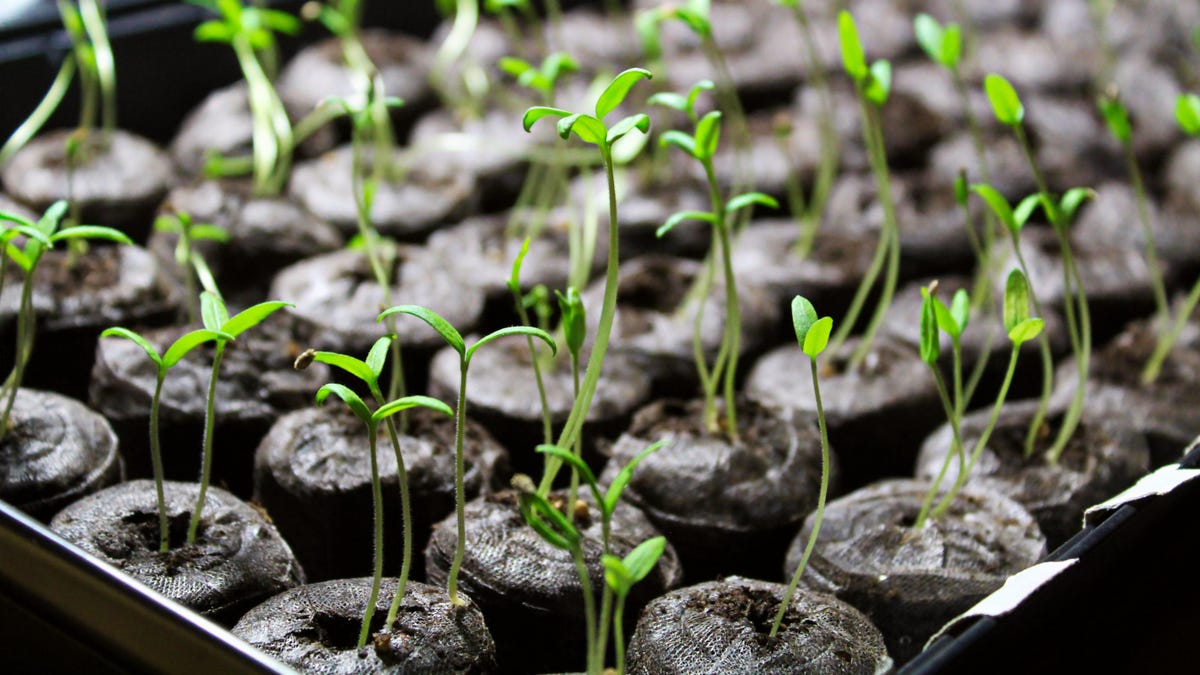How to Start a Home Garden This Winter

I love garden-ripe tomatoes, but my gardening goals also include avoiding the run to the grocery store. I want to be able to always pull fresh herbs from the garden, and I wouldn’t turn my nose up at radishes or eggplant. Some of these herbs and tender annual vegetables cannot survive the winter like their hardier cousins. For this reason, every October I have the same desire to start gardening indoors. Although most of us immediately think of hydroponics, it is not the only solution. In any case, here are the considerations and systems you can use to set up internally.
Be more simple
If I had access to fresh dill, parsley and cilantro all year round, I would be the happiest girl. In mild winters they can sometimes survive, but this is by chance. What I notice about these herbs is that when I start them in the spring, they grow in their starting trays large enough to be harvested. This got me thinking about using this method all winter long, and I suspect this is the year I’ll give it a try.
You’ll need:
- Seed starting medium
- Trays for sowing seeds
- Bottom tray for watering
- Plastic domes
- Seeds
- Fertilizers
- Growing lights
- Heating mat
When you use seed trays like these, the idea is that you water from the bottom so the shoots only absorb the water they need. You will have to refill the tray every few days and add fertilizer from time to time, but that’s about it. This is really only ideal for those who already have the initial setup; you are only going to use it for the winter. This would be an expensive setup just for the winter and some herbs, but if you’ve already prepared the site, have all the equipment, then I’d suggest going for it. This only applies to herbs such as green onions, basil, dill, parsley and cilantro. You can even transplant them into three-inch pots and water them from the bottom.
Use a pre-installed hydroponic system
While I wouldn’t say I like the larger hydro systems on the market (Lettuce Grow, Gardyn), I have heard good things about smaller hydro systems like the Aerogarden . For a reasonable price ($50-$200), you get all the materials you need to start your hydro trip. These systems are small enough to reasonably grow some herbs and not much more, but that’s enough. From here you can scale up to larger systems, but the cost of those larger systems ($700-$1400) just doesn’t seem worth it to me. Even in the best of circumstances, revenue doesn’t even remotely offset costs, and the Internet is littered with complaints about customer service and constant system failures. Instead, set low expectations and be satisfied. You can make it more comfortable by not buying starts from these companies and growing your own. Seeds tend to do well in these hydro systems, so you can simply plant the seeds.
Roll your own hydraulic system
Setting up a hydroponics system is actually quite simple. You have seeds growing in a medium, only the roots are watered with constant running water with nutrients, and the seeds/plants are constantly exposed to light. You don’t need modern towers; You can install your own accumulator in a large PVC pipe or Rubbermaid bag. A pond pump is all that is required to move the water, and you can add a Wi-Fi timer to it so it runs when you want it, but leaving it on all the time is fine too. You make holes in the PVC or container so that the plastic cups holding the media and seeds/shoots are exposed to the water below. While providing enough light for your plants is a challenge for all indoor growers, the lights themselves are much more affordable than these systems suggest.
What you will need:
Additional Considerations
I’ve always said that I don’t garden to save money; I grow tomatoes for $30. But when you’re moving inside, there are some real considerations to take into account. It’s not just the infrastructure you’re investing in; keeping the lights and water running at all times also comes at a cost, and is what makes the hydroponic industry difficult to maintain . This also means that you can’t just go on vacation without someone looking after your plants. Hydraulic systems tend to be susceptible to infection and also suffer from all sorts of nutrient problems. As with all gardening, there are disappointments and setbacks.